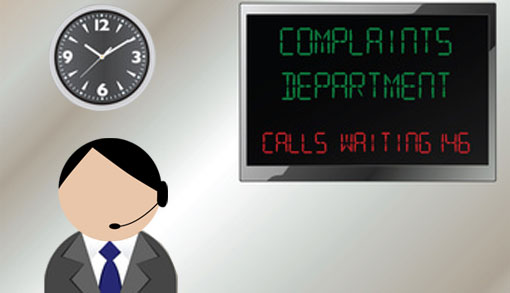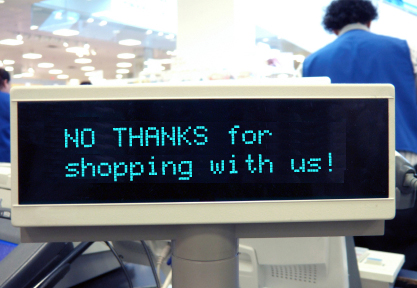Every business thrives with the support of its loyal patriotic customers. Every businessman’s secret fantasy is to rake in as much people as he can get to patronize his product to get his business going. Just how is that possible? Simply show them thoughtfulness and caring. Make them feel important because that is exactly how they are: Important.
Recently I came across an internet write-up made by a self-confessed food lover and apparently a good cook too. And just like any other kitchen fanatic I know of, he searches for food outlets anywhere he wants to which offer just the right ingredients for him to concoct his own majestic dishes. According to this guy, he came to find a new deli downtown which offers almost the same excellent ingredients as any of the other stores. That is, the new food house doesn’t offer exclusivity when it comes to parma ham, parmesan cheese, pepperoni or what have you. He doesn’t even notice if this new-found place offers fresh picks at a cheaper price. So as a new customer, what made him patronize this place when it does not particularly offer an edge to other food stores? The answer is pretty simple: he was made to feel important there. Unlike any other store, he experienced careful customer handling within its walls. I believe the words he chose to describe his experience were “they have good customer service and are just so darn thoughtful.”
If every businessman’s goal is to gather more and more customers each day, every customer’s desire is to feel valuable. Customers don’t like to wait. But of course, in reality, it can be unavoidable at times so making them realize their wait will be worthwhile is the trick. As a businessman here’s a suggestion: try to rustle up what may appear to be impromptu activities to entertain your waiting customers. As our blogger experienced while waiting, he was offered a little bit of everything that is being sold in that establishment! Bits and pieces of everything sure can’t hurt your day’s income most especially when you are not looking to spend costly advertisements. At the close of business, surely you will have chuck up bits and pieces of everything anyway so why don’t you convert these loose pieces into advertising tools, right?
Give and receive is the golden rule we’ve learned for ages. This time, it’s not just being said but it’s actually being done.
Every now and then, a businessman encounters an indecisive customer. This is your typical fence sitter who wants something but due to the vast choices available, finally falls into the indecisive trap. The key to reading this customer’s mind is to offer them what you have. If for example he wants to buy coffee beans, offer him an idea how to choose! Just how to do this? Make him a small cup of coffee of that recommended bean. Make him taste it. Start from that little gesture and work your way to getting him to buy it.
In the end, it all boils down to one thing: let them feel important. In all honesty, this is how you get to have loyal patronizing customers who will get your business going.










